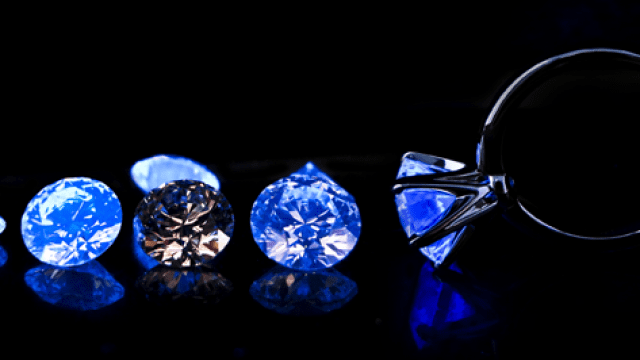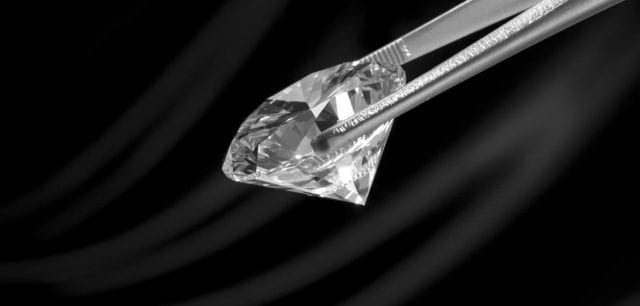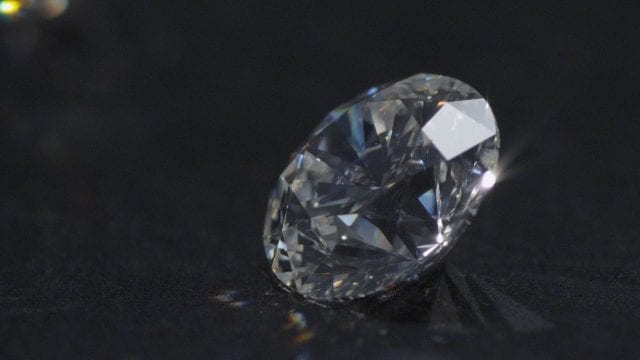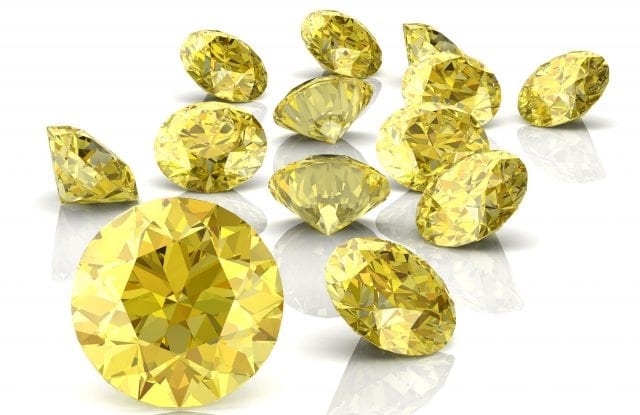
The topic of a diamond’s fluorescence is a subject of many discussions within the diamond crafting industry itself. It is the fact that this can tell you a lot about the diamond itself and you should definitely pay attention to it.

We will start with the most obvious question and that is…
What is diamond fluorescence?
According to petragems.com, fluorescence is the effect that UV lights have on a diamond. Since UV lights are black lights, they tend to enhance the visibility of certain elements within the diamond, causing it to radiate or glow. Whenever these properties occur, professionals within the industry say that the diamond is fluorescent.
Do all American diamond grading certifications give out fluorescent grades?
Yes, both the GIA and the AGSL certifications have sections where they grade the diamond fluorescence. In the case of the GIA, the grade is located in the Additional Grading Criteria, while the AGSL grade it under the Comments Section of the certification.

What is the scale for diamond fluorescence?
Both the GIA and AGSL grade the diamond fluorescence from lowest to biggest. The grades go as follow: None, Faint, Medium, Strong, and Very Strong; however, the AGSL uses the term “Negligible” as a substitute for “None” and “Faint”.
What makes the diamond fluorescent?
The older the stone, the brighter it will be under UV light. This is the sole answer as to what makes the diamond fluorescent. Since these stones tend to absorb a few things as the years go by, the traces of minerals that cause the diamonds to be fluorescent are aluminum, boron, and nitrogen.
How is a diamond’s fluorescence level determined?
The most common fluorescence diamond color is blue, meaning that under UV lights these diamonds will radiate blue color. That’s the case with almost 95% of all stones. The next most common color is yellow, which is rare, to say the least. The level of diamond fluorescence is determined with UV lights and a chart that describes the level. Then they compare the light with the chart and determine the level of fluorescence.

What is the most common fluorescent grade?
The most common grade is “None” since only about 10% of diamonds have fluorescent capabilities that appear under regular lights. However, the next most common grade is Very Strong. Fun fact as only a quarter of all diamonds has fluorescent capabilities under UV lights.
How does diamond fluorescence affect color?
Diamond fluorescence can affect color in two ways. If a diamond has a lower color grade, let’s say K or L, and a higher fluorescence grade, then it will negate the yellow light and make it appear whiter in natural sunlight. However, if a diamond has yellow fluorescence, then it can have a negative effect on the color as in natural sunlight it will give out a fainter yellow color.

How much does diamond fluorescence affect the price of the stone?
Most people within the industry say that diamond fluorescence is an undesirable feature. So naturally; the fainter the fluorescence the higher the price of the stone. Diamonds with a “None” fluorescence grading come at a premium price, while those with a “Very High” grade are the cheapest.
One thing to have in mind is that diamond fluorescence is by no means a negative trait. Quite the contrary it makes them even more desirable by customers since they can radiate under both UV and natural sunlight.





